
TAGTIK NEWS - TO THE POINT
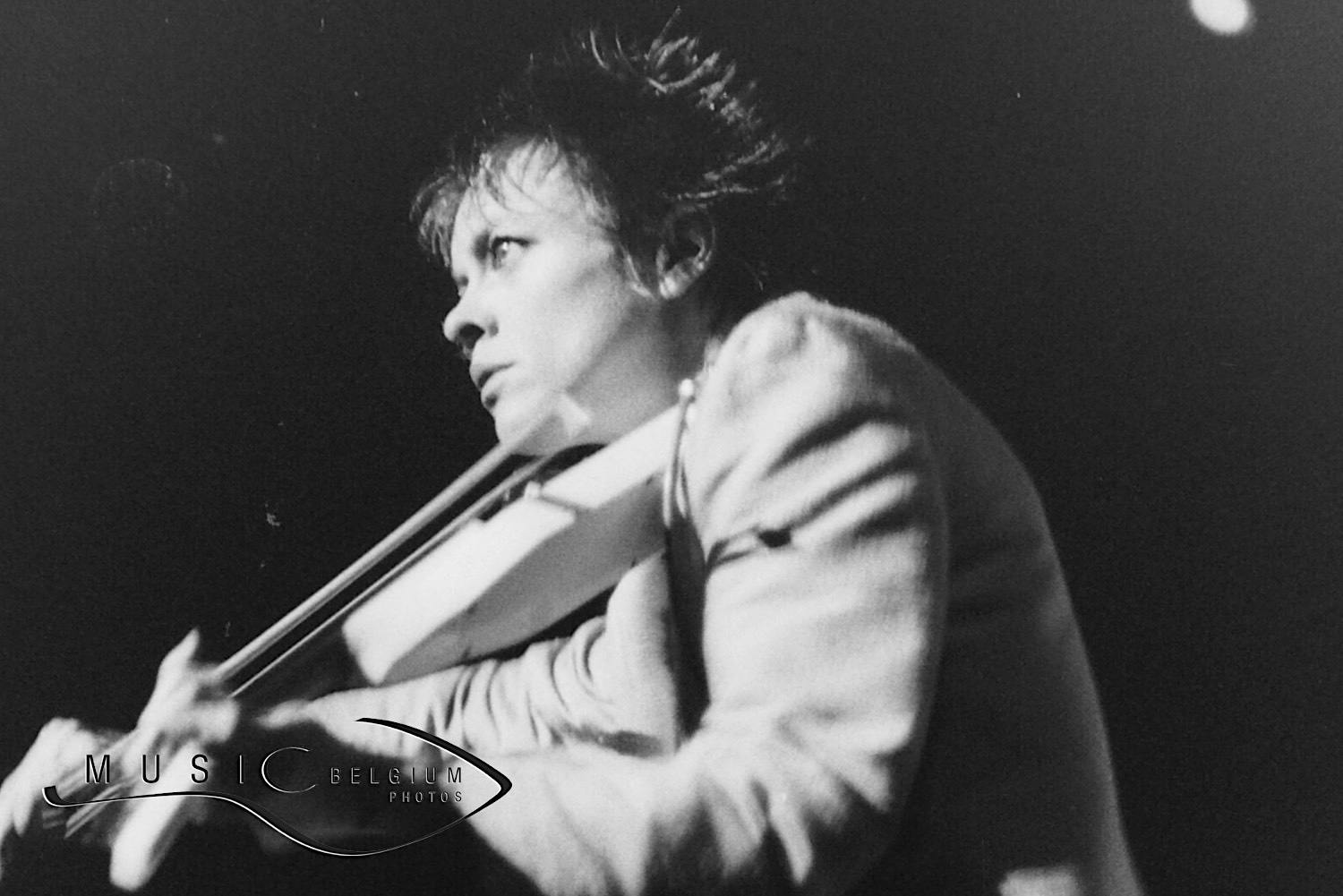
For nearly half a century, this wild-haired American, born in Glen Ellyn near Chicago, Illinois in 1947, has defied conventions and clichés.
It’s no easy task to unite opinions on the creator of "O Superman", perhaps the most unlikely hit of the last century… At least we can agree on one thing. Laurie Anderson makes strange, mesmerising music that resembles rock about as much as the New Testament sung by a La Scala baritone. One thing is certain: with the darling of New York’s "avant-garde"—who’ll soon be an octogenarian—this blurry, shifting boundary is frequently crossed in both directions. For better and, at times, for worse...
Laurie Anderson dove into the murky waters of "Performance for the Sake of Art" as a teenager. Quite the mission! The strategic use of capital letters gives you a clue about the emotional power of her experiments—a playground for brainy academics. Not content with learning the violin, young Laurie also collected qualifications in sculpture and Egyptian architecture, amongst others, much like others collect Pokémon. To each their own eccentricity.
In 1973, the slender, wild-haired American even began performing in the most prestigious museums and at a handful of festivals celebrating all forms of art—including, of course, the most challenging ones. At that time and on two occasions, Belgium played host to Laurie’s eclectic chaos. Her inventive mix of didactic slideshows, Super 8 films, amateur mime, and "musical noises" alienated mere mortals as surely as a government announcement at dinnertime, though others were fascinated.
Then, in 1981, the whole world succumbed to the hypnotic chant of "O Superman" and the relentless "Ah ah ah ah ah ah" that wraps round it so insistently. Ecstatic with this windfall, the general public quickly added the words "minimalist" and "avant-garde" to their everyday vocabulary. They boasted of owning the (not insignificant) discographies of John Cage and Pierre Boulez. Sensing a trend, multinational Warner bought the rights to the record from tiny One Ten Records and bagged itself some unexpected artistic credibility. The machine was set in motion. It would make stops at the "Big Science" album, the seven-hour stage show "United States", the film "Home Of The Brave", and a first world tour fit for rock stars! That was in 1986.
Since that first tidal wave on the borders of music and theatre, Laurie Anderson has carefully steered her ship between the rocks of dry intellectualism. She innovates delicately, yet keeps a visceral attachment to "performance". A bittersweet philosopher, the artist dissects the woes of modern life in every show. She willingly uses the latest visual techniques—lasers and video projections—to shake us from our stupor. Like Henri Rollins, hardcore’s tattooed tough guy, she has made curious forays into the world of spoken word. "The Ugly One With The Jewels And Other Stories" mixes sound effects, percussion, declamatory monologues and interventions from underground jazz musicians. For "Bright Red" (1994), her first song-based album after a five-year hiatus, she prefers a sound alchemy orchestrated by Brian Eno, constructed around jarringly accessible refrains. Supported by Marc Ribot and Lou Reed (her then partner), she once more delights in alternating hot and cold. As always…
In August 2024, after another ten-year hiatus from recording, she released "Amelia", a concept album telling the story of American aviator Amelia Farhart or, more specifically, the 44 days of her life before her aircraft vanished over the Pacific in 1937.
(MH with Stéphane Soupart - Photo: © Etienne Tordoir)
Photo: Laurie Anderson at Teater Carré, Amsterdam (Netherlands), 9 May 1986
LATEST NEWS
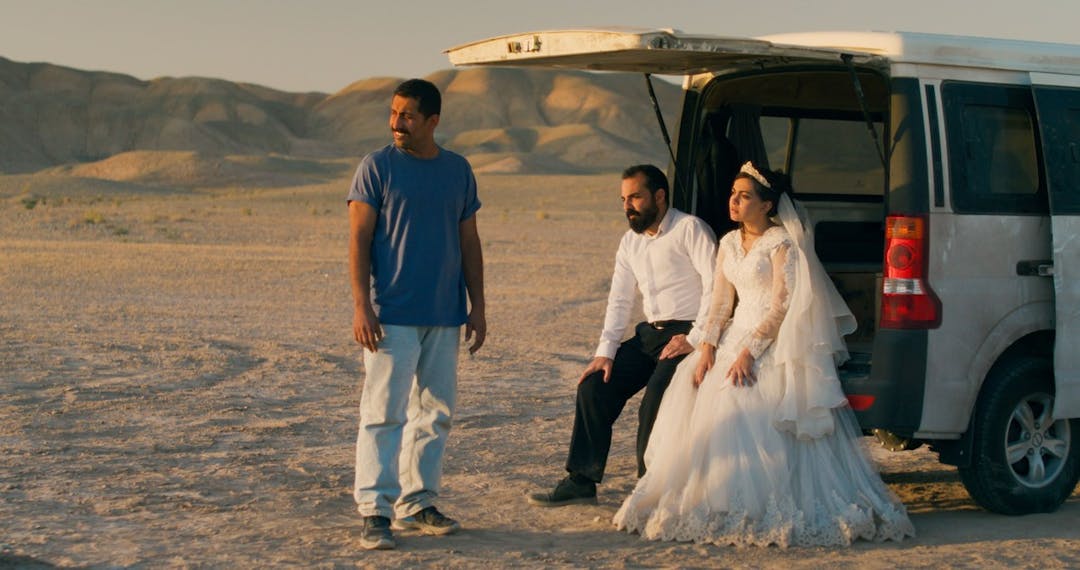
Jafar Panahi Wins New York Award and is Sentenced to Prison by Iran
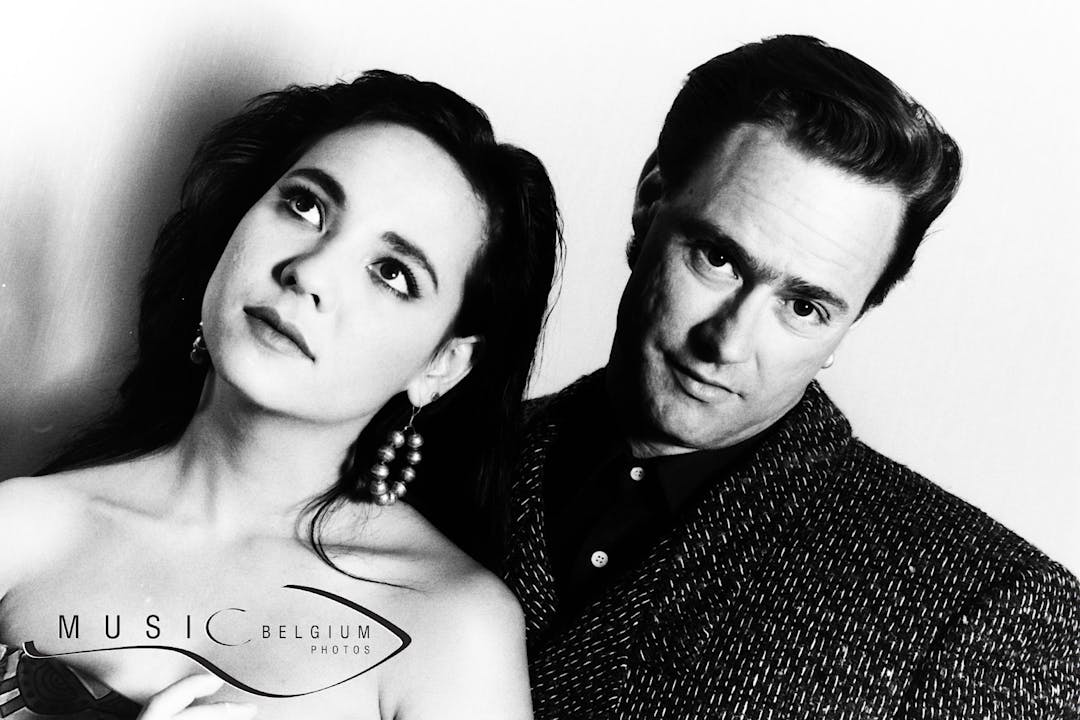
Born on December 2: Peter Kingsbery, founder of Cock Robin with firebrand Ana LaCazio
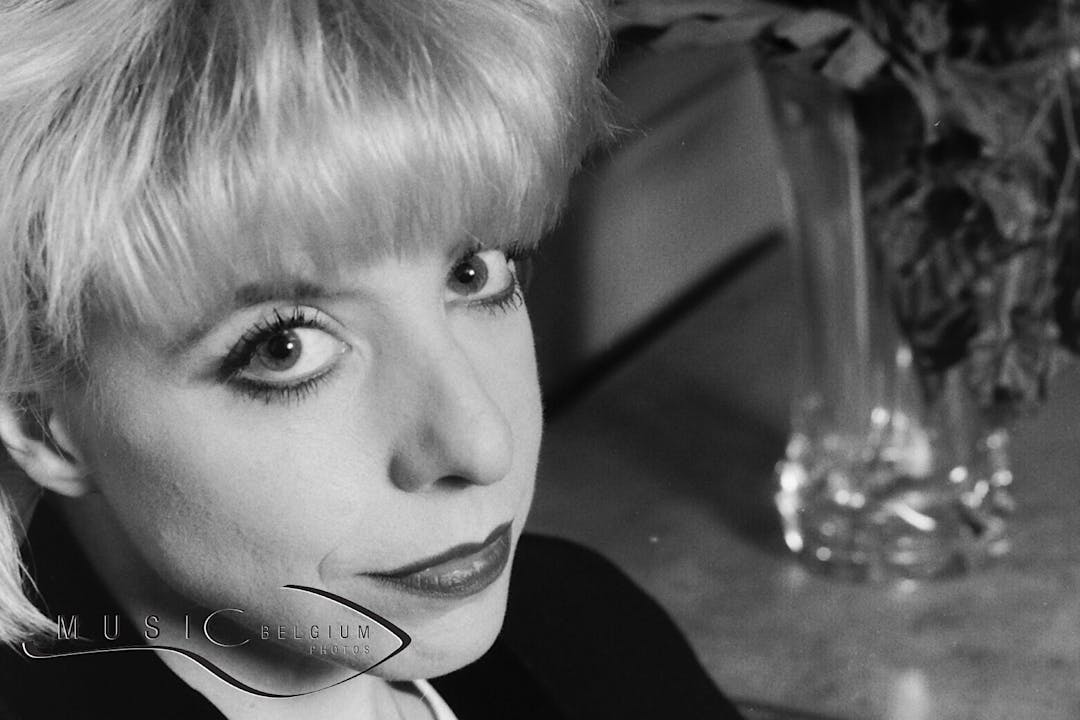
Born on December 1: Julee Cruise, "Twin Peaks'" haunting voice

Born on December 1st: Alain Bashung, French rock poet who waited a long time for success
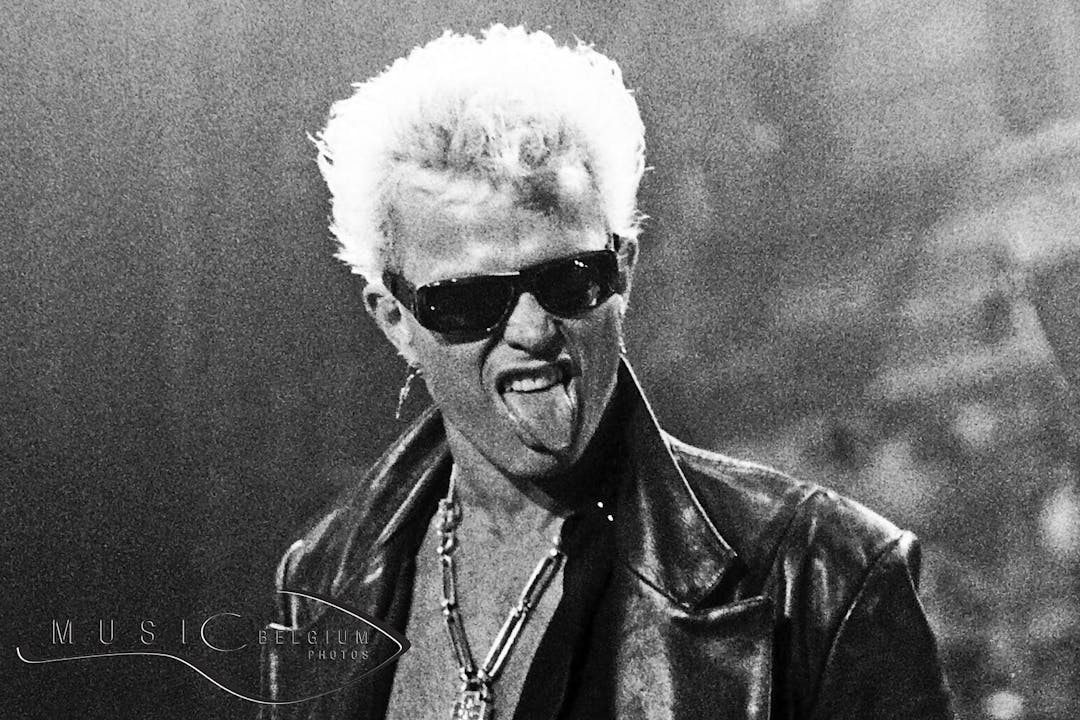
Born on November 30: Billy Idol, the (kind) rebel of Generation X
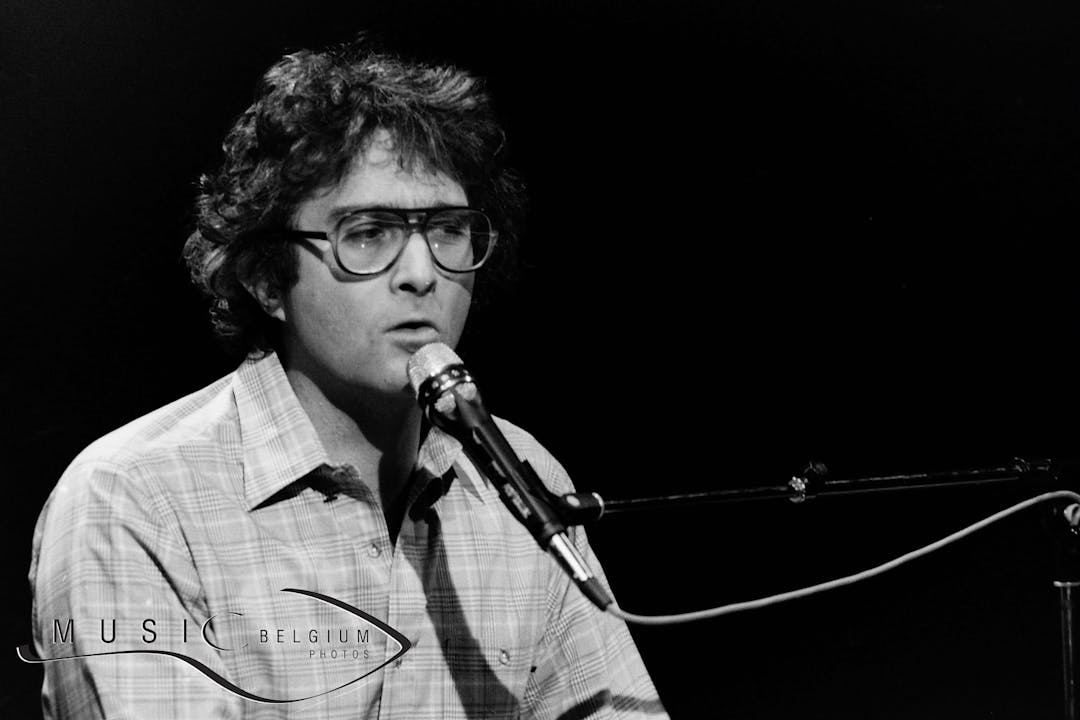
Born on November 28: Randy Newman tells stories and makes movies
Quick links